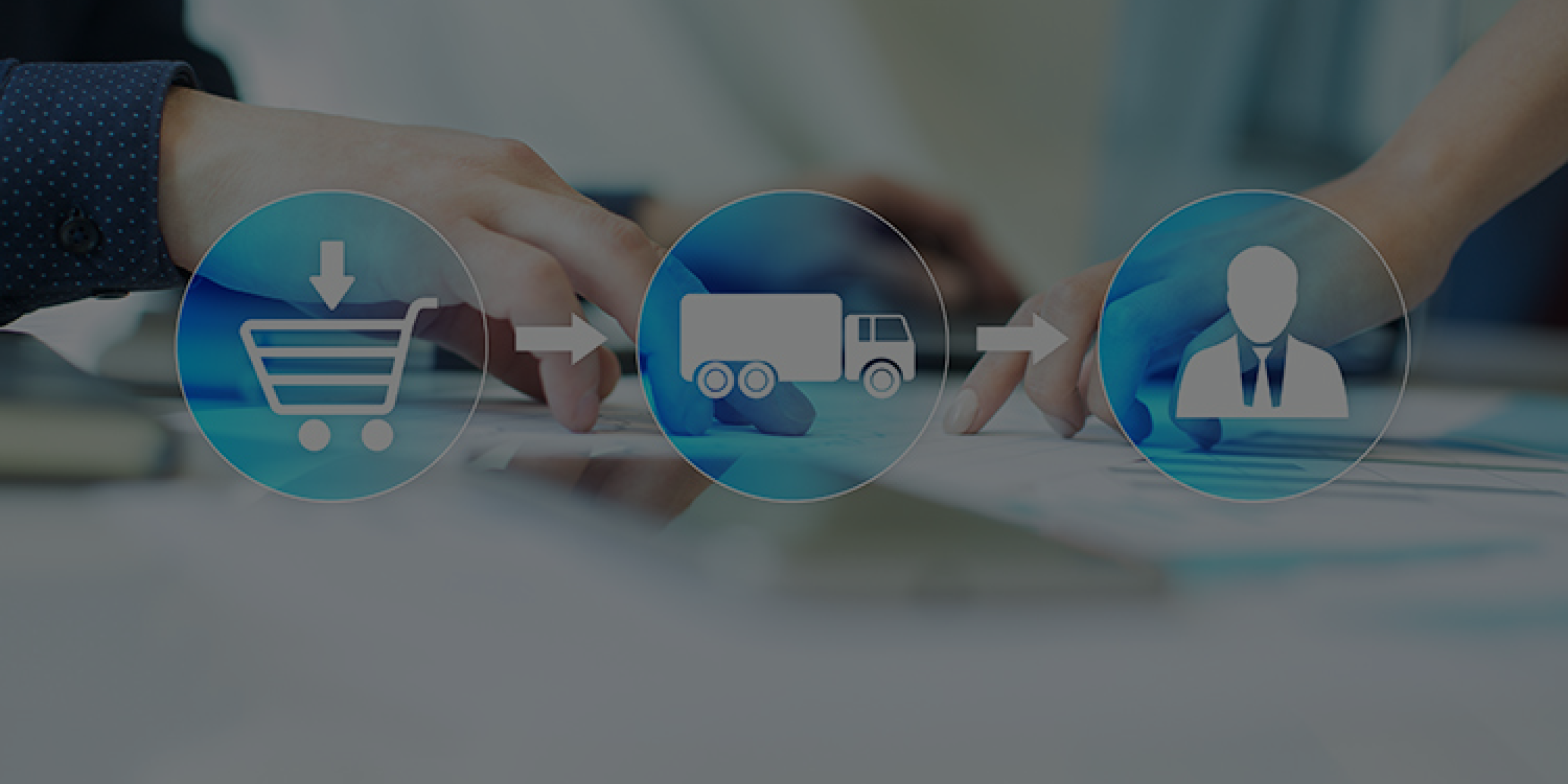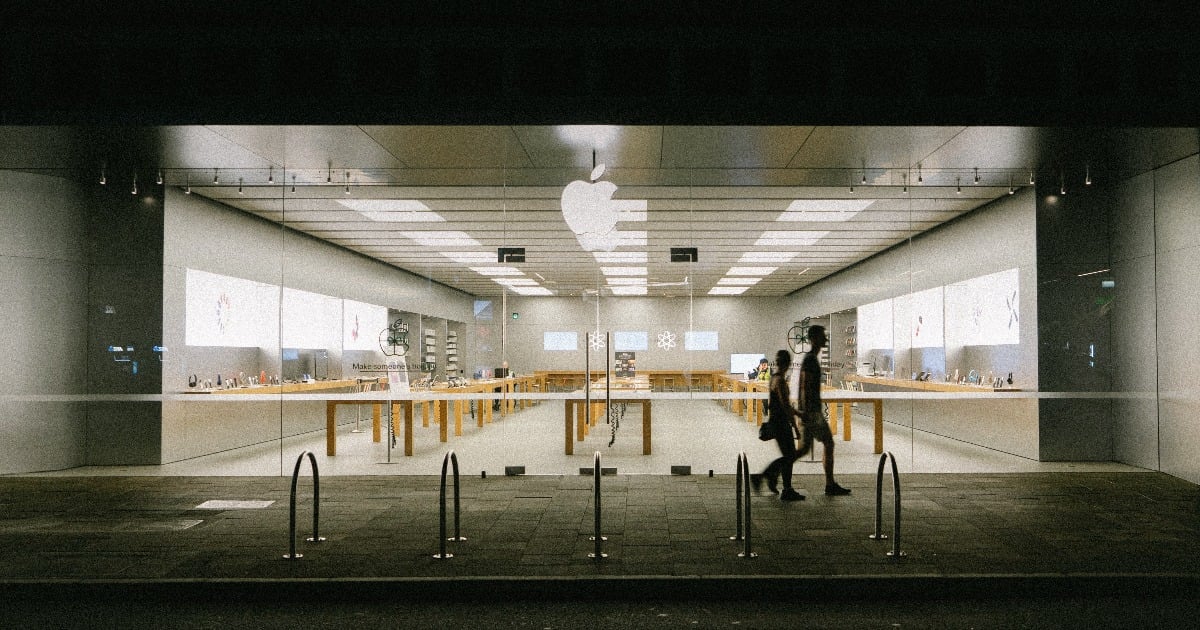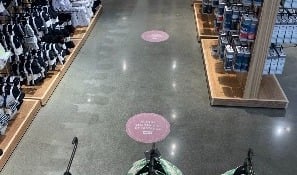Since the unveiling of iBeacons in 2013, tech experts have hailed beacons as a retail industry game changer for their potential to gather customer data and enhance the in-store experience. But while the technology has found groundbreaking applications elsewhere, from enabling the blind to navigate London’s Underground to helping pregnant women in South Korea find a seat on the train, beacons remain something of an enigma for retailers.
It’s not for lack of investment: Top retailers like Walgreens and Home Depot are implementing beacons in stores to do everything from sending customers discounts to helping them find their way in stores. Still, challenges remain: ranging from unexpectedly high upkeep costs, to a weakness in analytic capabilities and persistent consumer skepticism.
The data-gathering, customer-experience-enhancing promise of beacons may well become a reality—particularly once proximity technology has time to mature—but only if consumers buy into what’s now perceived as “surveillance,” and defined as an invasion of their privacy. Retailers who are looking to successfully use beacons in-store should be aware of the tech’s limitations and prioritize consumer convenience.
Beacons Gather Data and Analytics—but Only at a Basic Level
Retailers regard beacons as the key to unlocking in-store data like consumer traffic patterns throughout the store or consumer demographics. But beacons can only collect this data by communicating with smartphones (often via a mobile app), and doing so requires permission from customers. Only about a third of consumers enable location services, with a majority citing a reluctance to give retailers their location information. This severely limits the beacon’s capabilities—“Like a radio without a signal,” Jim Meckley, CMO at Mobiquity Networks, explained in a recent VentureBeatreport. And even in collecting location data, beacons aren’t completely reliable: their signal can be blocked or confused by physical objects. Moreover, phones typically need to be out in the open and facing upwards to communicate with beacons, though many consumers keep phones in their pockets and bags.
Beacons Push Promos—but Risk Spam
Another promise of beacons is their potential as a marketing channel for retailers and brands. A beacon can identify a consumer walking by a store and send them a discount in the hopes of drawing them in. Similarly, beacons can send promotions to consumers in the fitting room, where they’re seven times more likely to make a purchase, according to data from information technology company Alert Tech. The concept seems mutually beneficial: a recent study lead by Google Research found 85 percent of consumers would shop more in-store if they received personalized offers.
But again, retailers often lack customer buy-in for their marketing to be effective. Only 32 percent of shoppers who download retail apps enable push notifications, concerned by the amount of notifications retailers might send them—or what Consumer Business technologist Steve Sammartino calls, “pocket spam.” In fact, a majority of consumers have just one to two retailer apps on their phone, and many reported being likely to switch to another retailer with a better app for a better experience. Neiman Marcus, which began experimenting with beacons in several of its stores in 2015, is wary of this risk and limits the number of notifications it sends shoppers to one.
Beacons Can Empower Associates to Delight Customers
The missing link in most retailers’ beacon strategy is an extra layer of insight that, at least for now, beacons are simply incapable of. While beacons could tell, for example, whether a customer is shopping in the pasta aisle at a grocery store, the tech can’t glean what kind of meal they’re shopping for. A customer looking to complete their chicken noodle soup recipe would be frustrated to be pushed a promotion for pasta sauce.
The strongest use of beacons, so far, is to gather location and insights data and, rather than pushing a notification to the consumer’s phone, giving the information to store associates to leverage. This could be as simple as greeting a customer by name who walks in the door, to a helping customer find a product they were browsing for online. This is a powerful strategy for retailers to leverage in-store. Using beacons in concert with associates avoids sacrificing the “human touch”—an integral piece of the brick-and-mortar experience.



